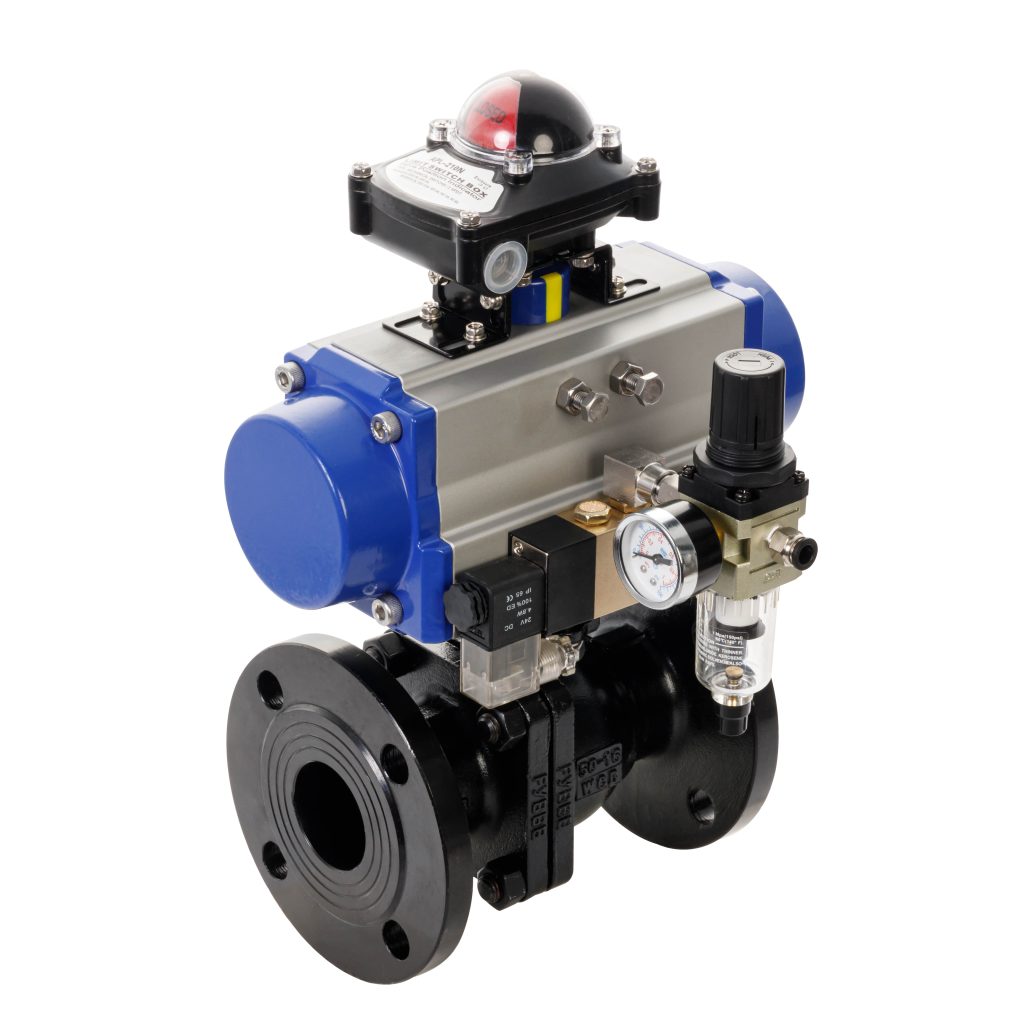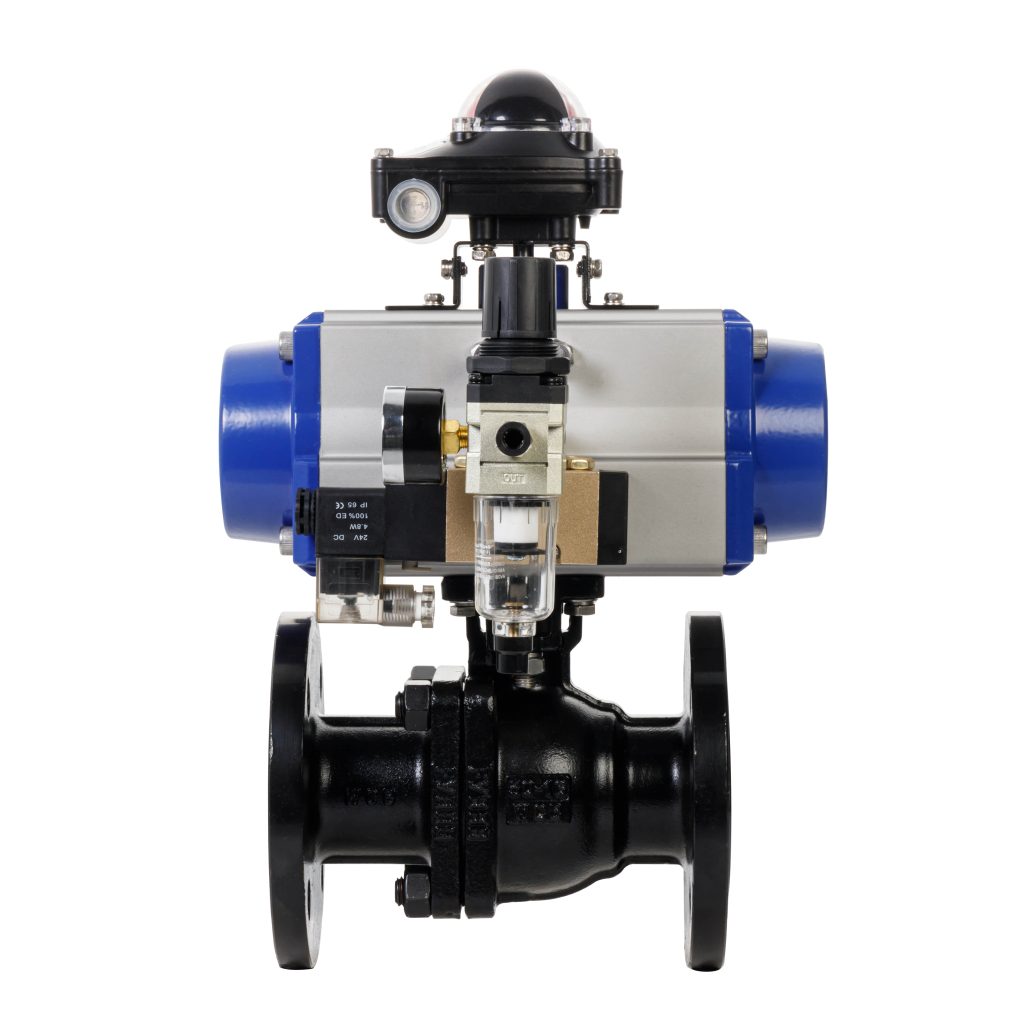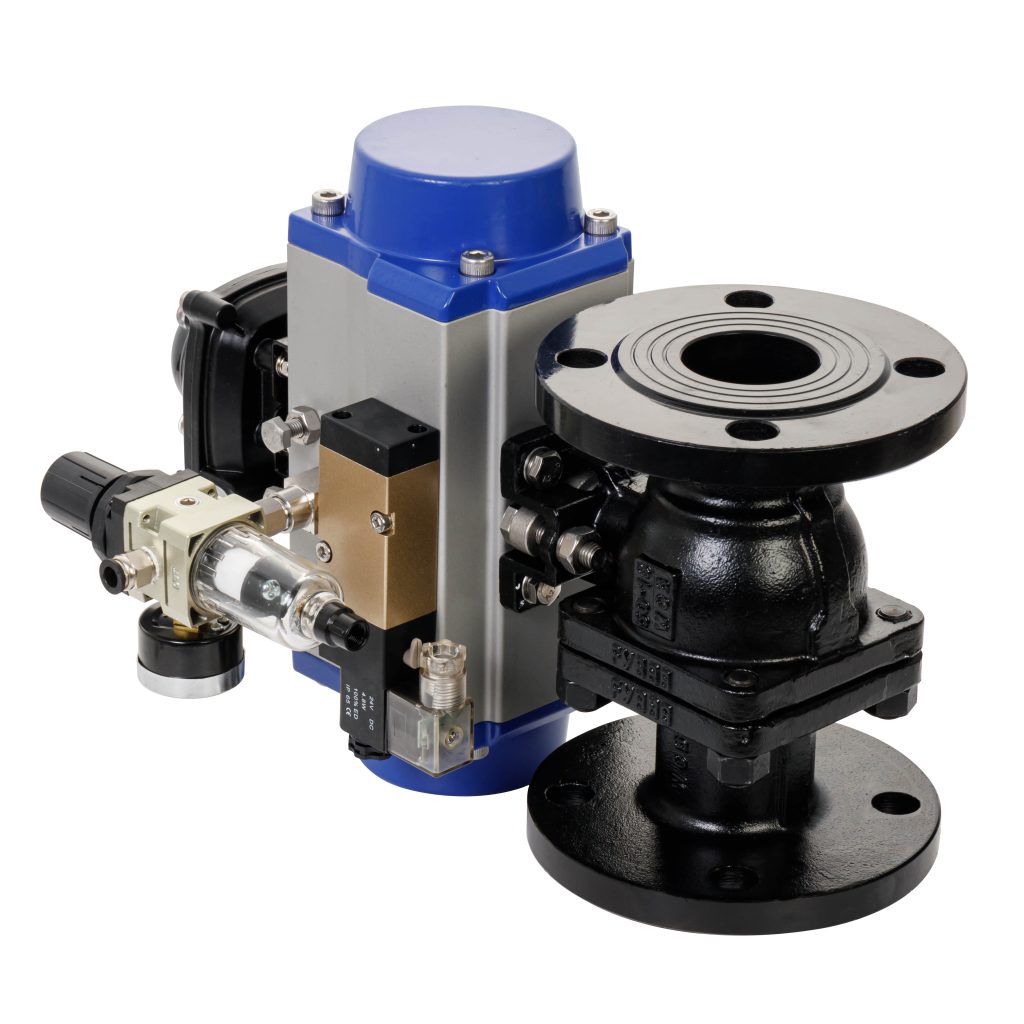A Pneumatic Ball Valve is a key component in many industries, utilized for controlling the flow of liquids and gases with precision and reliability. It is a form of valve that employs pneumatic actuators to operate the movement of a ball inside the valve body. This type of valve is popular for its durability, efficiency, and ease of use, making it a vital tool in a wide range of applications, from industrial processes to household systems. In this article, we will explore the working principles, advantages, and key applications of pneumatic ball valves.

What is a Pneumatic Ball Valve?

A pneumatic ball valve is a type of valve that controls the flow of fluids (gas, liquid, or slurries) in pipelines. The main feature of this valve is the ball with a hole (or bore) in the center that rotates inside the valve body to either allow or block the flow of media. The actuator, which is powered by compressed air, rotates the ball to different positions: typically, the open position (allowing flow) and the closed position (shutting off flow). Pneumatic actuators are the driving force behind these valves. When air pressure is applied, the actuator moves the ball to its desired position, either opening or closing the flow path. The actuator can be either single-acting (requiring air pressure to open or close) or double-acting (allowing movement in both directions with air pressure).
